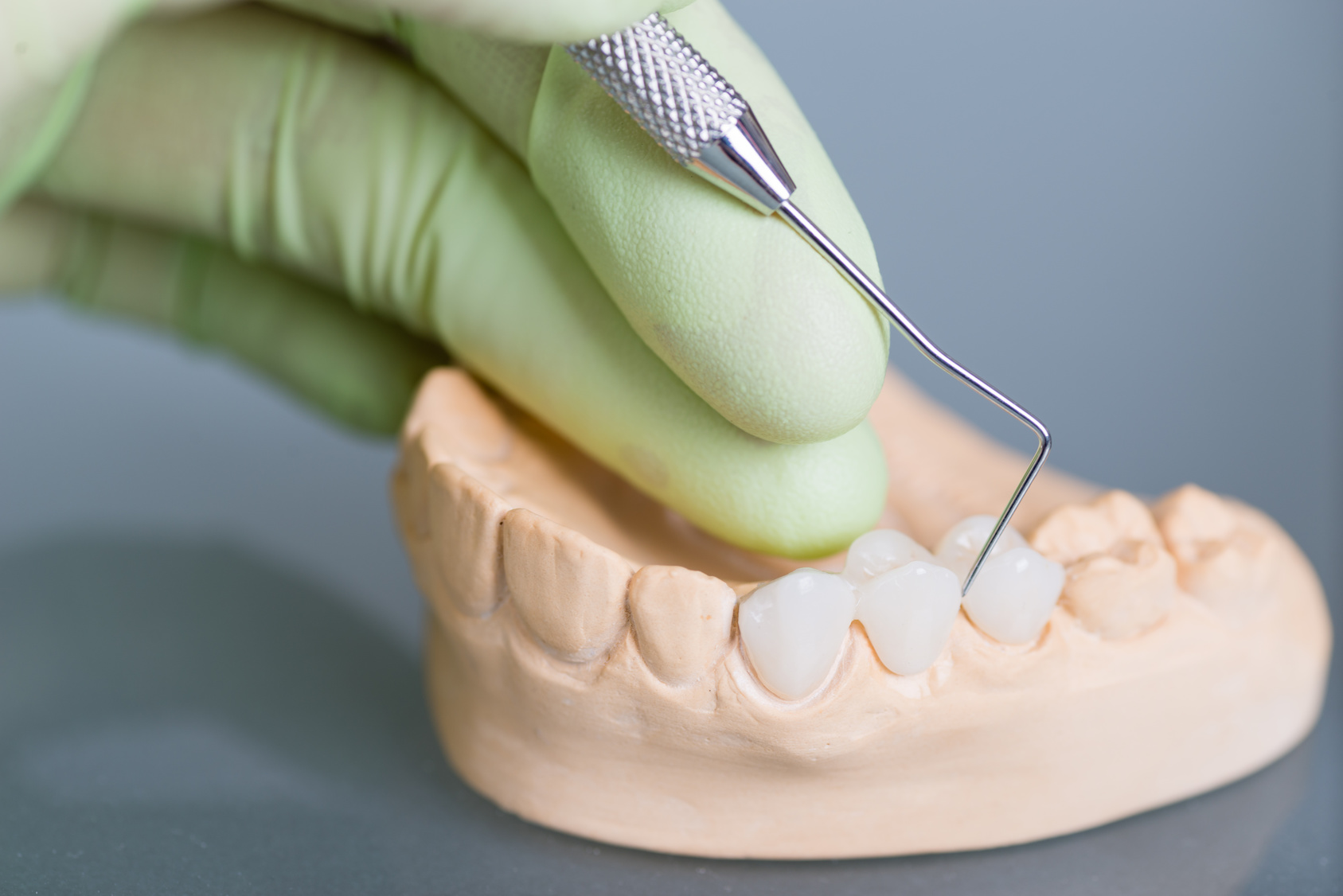Infection Following Wisdom Tooth Extraction

Infection following wisdom tooth extraction is a potential complication that can arise after the procedure. Wisdom teeth, also known as third molars, are the last set of teeth to erupt in the mouth, typically between the ages of 17 and 25. While some people may not experience any issues with their wisdom teeth, others may encounter problems such as impaction, crowding, or infection, which can necessitate their removal.
The process of wisdom tooth extraction involves the surgical removal of the tooth, which can be performed under local anesthesia, sedation, or general anesthesia, depending on the complexity of the procedure and the patient’s comfort level. After the tooth is removed, the socket is usually closed with stitches, and the patient is advised to follow a set of post-operative instructions to facilitate healing and minimize the risk of complications.
Despite the best efforts of dental professionals, infections can still occur after wisdom tooth extraction. The symptoms of infection may include increased pain, swelling, redness, and discharge from the extraction site, as well as a foul odor or taste in the mouth. In some cases, the infection can spread to other parts of the face, such as the cheeks, eyes, or neck, and can even lead to more serious conditions like sepsis or abscesses.
There are several factors that can contribute to the development of infection after wisdom tooth extraction. These include:
- Bacterial contamination: The mouth is home to a vast array of bacteria, some of which can enter the extraction site and cause infection.
- Poor oral hygiene: Failing to maintain good oral hygiene practices, such as brushing and rinsing the mouth regularly, can increase the risk of infection.
- Smoking: Smoking can impede the healing process and increase the risk of infection by reducing blood flow to the extraction site.
- Dry socket: A dry socket, also known as alveolar osteitis, occurs when the blood clot that forms over the extraction site is dislodged, exposing the bone and nerve endings. This can create an environment conducive to bacterial growth and infection.
- Weakened immune system: Patients with compromised immune systems, such as those undergoing chemotherapy or with chronic illnesses, may be more susceptible to infection after wisdom tooth extraction.
To prevent infection after wisdom tooth extraction, dental professionals often prescribe antibiotics, which can help to reduce the risk of bacterial contamination. Additionally, patients are advised to follow a set of post-operative instructions, which may include:
- Rinsing the mouth: Rinsing the mouth with salt water or an antibacterial mouthwash can help to reduce bacterial loads and promote healing.
- Applying ice: Applying ice to the affected area can help to reduce swelling and ease pain.
- Eating soft foods: Eating soft, easy-to-chew foods can help to minimize discomfort and reduce the risk of complications.
- Avoiding strenuous activities: Avoiding strenuous activities, such as heavy lifting or bending, can help to reduce the risk of complications and promote healing.
In cases where infection does occur, treatment typically involves a combination of antibiotics, pain management, and wound care. The goal of treatment is to eliminate the infection, promote healing, and prevent further complications.
In addition to the measures outlined above, there are several other strategies that can help to prevent infection after wisdom tooth extraction. These include:
- Using antimicrobial mouthwashes: Antimicrobial mouthwashes, such as those containing chlorhexidine, can help to reduce bacterial loads and prevent infection.
- Applying topical antibiotics: Topical antibiotics, such as those containing metronidazole, can be applied directly to the extraction site to help prevent infection.
- Maintaining a healthy diet: Eating a balanced diet rich in fruits, vegetables, and whole grains can help to support the immune system and promote healing.
What are the symptoms of infection after wisdom tooth extraction?
+The symptoms of infection after wisdom tooth extraction may include increased pain, swelling, redness, and discharge from the extraction site, as well as a foul odor or taste in the mouth.
How can I prevent infection after wisdom tooth extraction?
+To prevent infection after wisdom tooth extraction, it is essential to follow post-operative instructions, maintain good oral hygiene practices, and avoid smoking. Additionally, using antimicrobial mouthwashes, applying topical antibiotics, and maintaining a healthy diet can help to support the immune system and promote healing.
What is the treatment for infection after wisdom tooth extraction?
+Treatment for infection after wisdom tooth extraction typically involves a combination of antibiotics, pain management, and wound care. The goal of treatment is to eliminate the infection, promote healing, and prevent further complications.
In conclusion, infection after wisdom tooth extraction is a potential complication that can arise after the procedure. However, by following post-operative instructions, maintaining good oral hygiene practices, and using strategies such as antimicrobial mouthwashes and topical antibiotics, patients can minimize the risk of infection and ensure a smooth recovery. It is essential to seek medical attention immediately if symptoms of infection occur, as prompt treatment can help to prevent further complications and promote healing.

